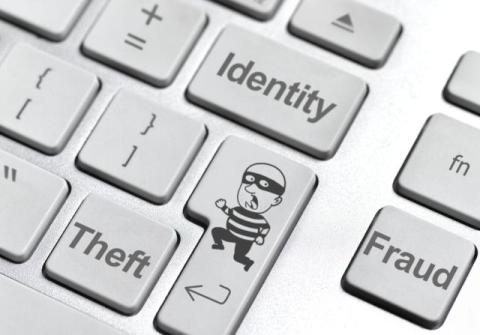How can steal your identity?
Steal an identity is more straightforward since cybercriminals have many ways to achieve this:
Malicious software and malware: It is one of the most common threats and evolving. It is a malicious program that installed on your electronic devices without your consent and whose main purpose to steal your information.
Use of phishing
This is a type of threat that uses the technique of sending mass emails, and whose main purpose is to trick the user directing to fake website in which you have to enter your data, in this way, the cybercriminal get your confidential information.
Social engineering: Part of a deception of the user who follows the same manipulation. Although it is able to phone or through internet; currently is becoming popular fraud surveys related to the chance to win a gift card valued at 500 euros, stores of well-known brands that users rely.
Fill in the survey
To be eligible for the “prize”, the user has to fill in the survey with their personal data, so that the cyber-criminal will not only get personal data but also can use your phone number to enlist it in the Premium rate sms subscription.
Devices in ATMs
Placing hidden devices installed in ATMs to gain information from the bank card. P2P file is also a way to share files in which sometimes made available to third-party unintended way documents with private or confidential information that can be accessed around the world.
We must also be careful with the loss or theft of our original documentation (portfolio with personal documents such as ID card, mailbox letters, bank statements left in the trash, etc.)
What happens if steal your identity?
It is essential to keep in mind that there are many uses that can be given to a stolen identity, and that the injured person will be first responsible until proven what happened.
Once stolen identity, cyber criminals can open accounts and credit lines, register for services such as multiple phone lines, empty savings accounts, providing false documentation to wanted criminals or commit crimes using our data to make us seem guilty.
The impersonated himself will be who is made responsible in the first instance and will have to prove it was not he or she who made such performances, but someone impersonating his identity, something that often is not easy, and it can even lead to deprivation of liberty.
6 keys to protect against identity theft
- Pay attention to suspicious messages, and above all do not reply to emails that ask for personal financial information. Do not click on links that you do not know and distrusts any “bargain”.
- If the email comes from a known id but detect foreign content (often writing is bad to be an automatic translation), make sure of the authenticity of the sender, sometimes may have hacked his mail.
- When you access a web of electronic banking type the web site address directly in the address bar.
- Watch your accounts frequently.
- Check sure that the websites that you browse are secure (https).
- Keep protected your computer with updated antivirus.
